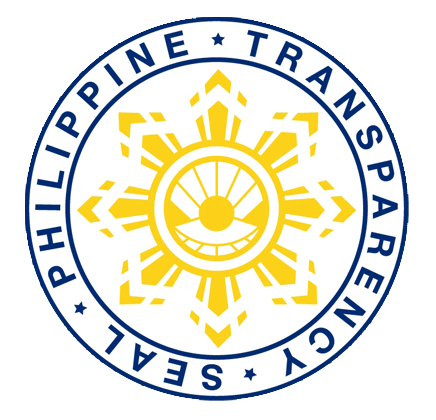Bachelor of Science in Mathematics Areas
AREA I: VISION, MISSION, GOALS AND OBJECTIVES
AREA II: FACULTY
AREA III: CURRICULUM AND INSTRUCTION
AREA IV: SUPPORT TO STUDENTS
AREA V: RESEARCH
AREA VI: EXTENSION AND COMMUNITY INVOLVEMENT
| SYSTEM – INPUTS AND PROCESSES |
| S.1. There is an approved and adequate budget for extension. |
| S.2. There is a provision of: S.2.1. facilities and equipment such as internet and other ICT resources; S.2.2. extension staff; S.2.3. supplies and materials; and S.2.4. workplace |
| IMPLEMENTATION |
| I.1. The budget for the extension program is utilized as planned. |
| I.2. Honoraria and other incentives (deloading, credit unit equivalent, etc.) to faculty involved in extension work are granted. |
| I.3. The College/Academic Unit of Undergraduate Teacher Education (BSEd) sources out the following from other agencies; I.3.1. additional funding; and I.3.2. technical assistance and service inputs. |
| OUTCOME/S |
| O.1. The Extension Program is adequately funded. |
| SYSTEM – INPUTS AND PROCESSES |
| S.1. There is a strategy for involving the community, government and private agencies in the Extension Program |
| IMPLEMENTATION |
| I.1. The College/Academic Unit is committed to the service and development of the community; and I.1.1. initiates and maintains community development projects; I.1.2. involves the students, faculty, stuff administrators in the projects; and I.1.3. coordinates its community prograsms and services with the target clientele. |
| I.2. There is community participation and involvement in extension activities in the following: I.2.1. planning; I.2.2. implementation and dissemination I.2.3. monitoring and evaluation I.2.4. out-sourcing of funds, materials and other service inputs; and I.2.5. utilization of technology, knowledge learned skills acquired from the extension projects and activities. |
| OUTCOME/S |
| O.1. There is wholesome coordination between the Extension Program implementers and the target clientele/beneficiares. |
AREA VII: LIBRARY
AREA VIII: PHYSICAL PLANT AND FACILITIES
AREA IX: LABORATORIES
AREA X: ADMINISTRATION
| SYSTEM – INPUTS AND PROCESSES |
| S.1. This institution has an approved performance evaluation system for administrative personnel which includes the following items: S.1.1.competence; S.1.2.quality of work; S.1.3.work ethic (punctuality, wise use of time, etc.); S.1.4.creative ability and innovativeness; S.1.5.ability to handle internal and external pressures; and S.1.6.interpersonal relations. |
| IMPLEMENTATION |
| I.1. The Institution regularly monitors and evaluates the performance of the administrative staff. |
| I.2. The results of performance evaluation of the administrative staff are utilized: I.2.1.to improve performance and delivery of service; and I.2.2.for promotion. |
| OUTCOME/S |
| O.1. The Institution has high performing administrative staff. |


 Brgy. Labuyo, Tangub City, Misamis Occidental
Brgy. Labuyo, Tangub City, Misamis Occidental
 info@nmsc.edu.ph
info@nmsc.edu.ph
